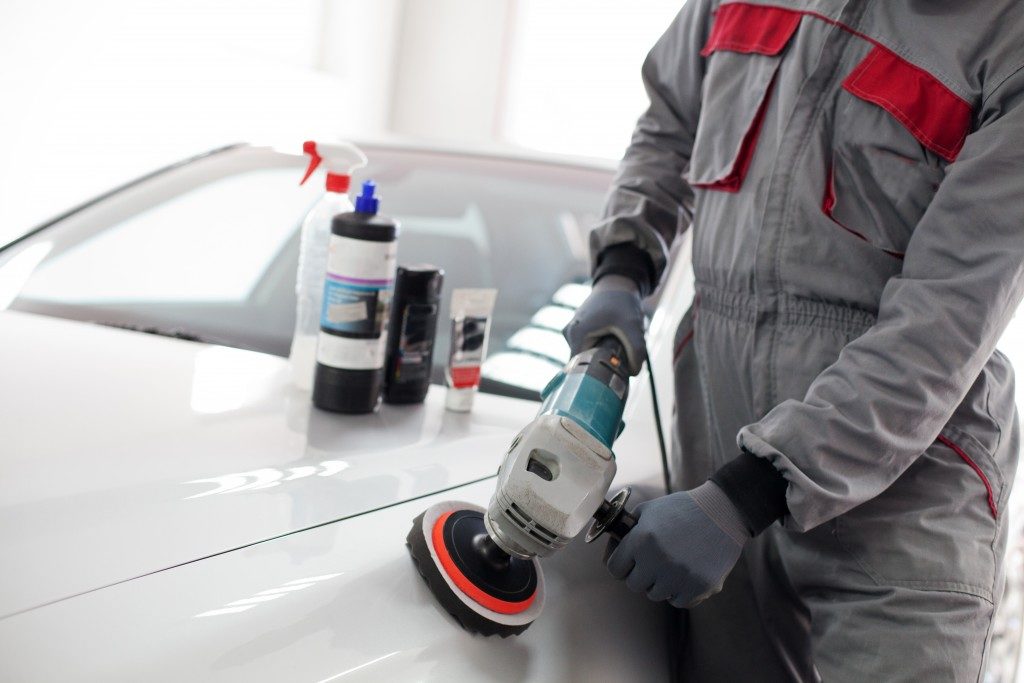Floods can total a car’s engine and electronics to the point of irreparable damage. Utah is no stranger to these disasters. According to the Standard-Examiner, heavy snow that melts in springtime often causes major floods in the state. A notable example of this was in April to June of 1983, where a melted snowpack caused Salt Lake City’s state street to be extremely flooded. It caused over $621 million worth of damage and left homes and cars submerged in water and mud.
With the climate warm again after the heavy snowfall last winter, the above situation may reoccur. It’s smart to think of ways to protect your precious property. These reminders will help minimize damage to your vehicle if it gets caught in a flood.
Check Your Insurance Policy
If your car gets totaled, you can prevent having to dig into your savings with extra insurance policies. Check your papers if your car is covered for flood damage. If so, file a claim immediately to get your car repaired at a lower cost.
Make the Necessary Checks
Even if it’s painful to do, you should check your car for specific damage so you can immediately tell the repairmen which parts need to be serviced. Here are pointers for conducting your inspection.
- When checking your car for damage, don’t try to start it up. Your car’s engine could sustain further damage when you operate it with water still trapped inside.
- Disconnect the battery immediately to prevent any electric shocks while you’re looking for problems.
- Wipe the oil dipstick and give it another dip. Check if there are any water droplets. If there are any, you should wash the oil pan out and replace the filter.
- Check your transmission for any damage and replace the fluid. A totaled transmission system may need rebuilding.
- Check the waterline in the interiors. Every electrical hardware, like the onboard computer, may need to be replaced if they’re below the line.
Give it a Good Clean

Apart from hosing down the dirt off your car’s exterior, you should also give the interior a good scrub. You don’t want it to be damp, moldy, and rusty once they get to the repair shop. Do your best to dry it out and give it a good clean.
- First, get as much water out as you can using a pail or a bucket. Finish off the remaining water using a wet/dry vacuum on your seat and dashboard. Remove your mats and wash them with soapy water before you hang them out to dry.
- If possible, ask a professional to help you with taking off the carpet so you can wash and dry it out too. This also lets you get rid of water trapped on the metal floor. Again, use a wet/dry vacuum or a set of fans to ensure that the whole floor is dry before it gets consumed by rust.
- Scrub the upholstery with an all-purpose cleaner. Some of them don’t need rinsing, so you don’t have to worry about drying out the seats after this step.
- Once everything is dry, put your carpets and mats back in and sprinkle some baking soda on the seats and floor to get rid of any foul smells. Leave it for a few hours before vacuuming the powder out.
When your car gets caught in a flood, it’s best to act quickly to minimize the damage. Simple checks, fluid replacement, and cleaning can help your vehicle be corrosion and odor-free before they get to the repair shop. A little effort goes a long way.
